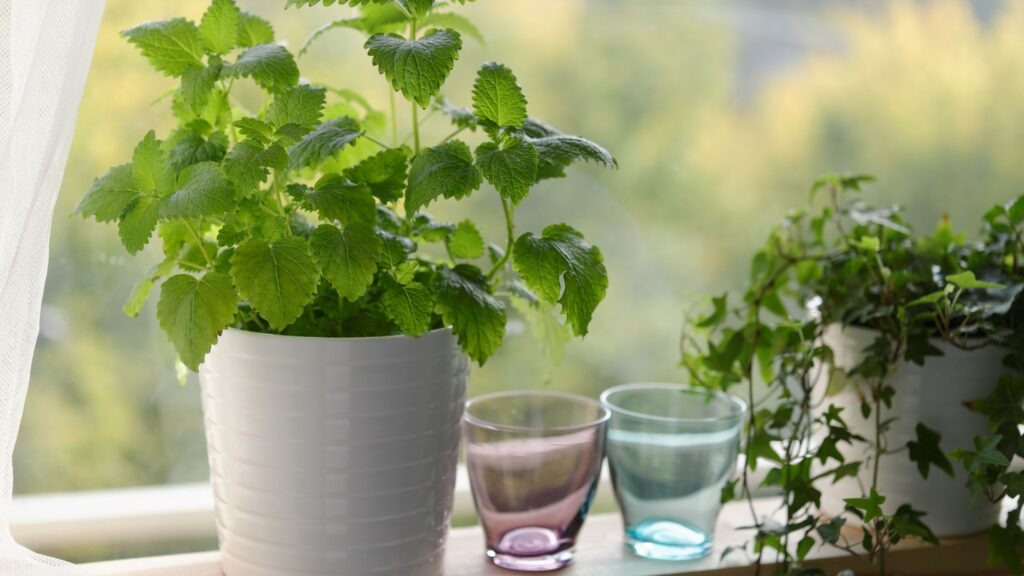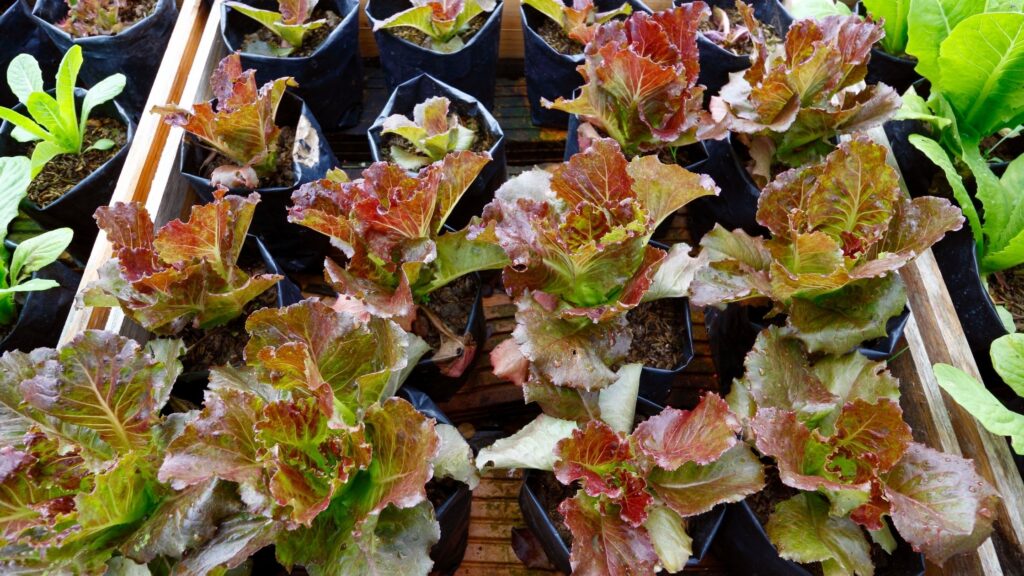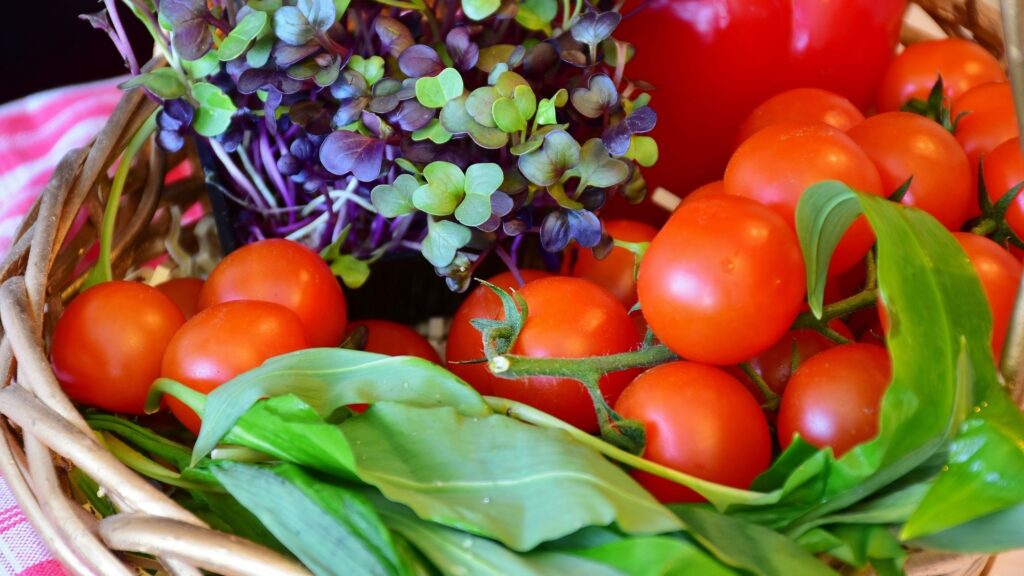The ideal location for a kitchen garden gets the right amount of light and includes a somewhat shadowed section where you may plant all of your sensitive herbs, especially veggies.
Another most important thing for creating a successful kitchen garden is that it has facilities like adequate drainage and decent soil. Monitoring the region after a rainstorm is one approach to check the water flow. It’s not suited for a kitchen garden if puddles accumulate, but it’s OK if the water appears to trickle in or flow away fast.
It’s simpler to dig and set the soil before growing if you choose a level location free of branches and pebbles. Try building elevated beds to allow plants to grow above floor level if the soil lacks proper drainage.
Select a bright location for your garden
Although most veggies thrive optimally in broad light, most do need protection, particularly during the warmer seasons. Try to be aware of how the sun shines on your potential location during day, and make sure it receives seven to eight hours of direct sunshine per day.
Measure the size of your garden.

It’s critical to provide adequate space for your plants to sprout and flourish. Measure the area in your kitchen if you have enough ground for a whole garden and try installing elevated gardens. Sq. ft gardening, a way of arranging your garden into even square portions, can enable you to utilize your resources in smaller spaces.
Do not sow seeds, use transplants
You might not have to delay till the garden vegetables are ready to begin the next round. Trying to sow seeds in boxes and containers can give them a jumpstart and perhaps loss can be reduced that might occur when seedlings fail to adjust to the growing medium.

Rather than planting seeds, you may plant established seedlings to the soil after you have adequate room. The seedlings will be stronger and adapt faster than direct-seeded plants.
Do Companion planting
Companion plants are veggies that you may cultivate together to avoid pests, draw beneficial organisms, and promote development. Some veggies grow well near certain plants but not others, therefore not all vegetables are suited for companion planting. Discover which veggies grow best in direct range before sowing at random. Peppers, carrots, tomatoes, green beans, and onions all have companion plants of their own.

Use a pesticide that is natural or organic
Vegetable-eating pests are an unavoidable reality. Use a benign pesticide or repellent detergent to get rid of pests. Some companion plants, such as thyme, repel insects, while others, such as lavender and parsley, invite predators that eat bugs. Bigger animals will be deterred if your garden is surrounded by a fence or trap.
Weeding should be a part of your daily activity
Take a glance around your area every morning to observe where weeds are sprouting. Pluck them out early in the morning, while the earth is still moist and the weeds are simple to pull. You can afford a couple of weed cutters, but the greatest instrument for eradicating weeds is your hands.
Final Tip For Your Kitchen Garden
When the seedlings are just getting started, it’s best to water them once a day. Once the vegetables in your kitchen garden have reached maturity, they will only require an inch deep every week. Water more regularly if you live in a hot climate or in an environment with clay soil.
